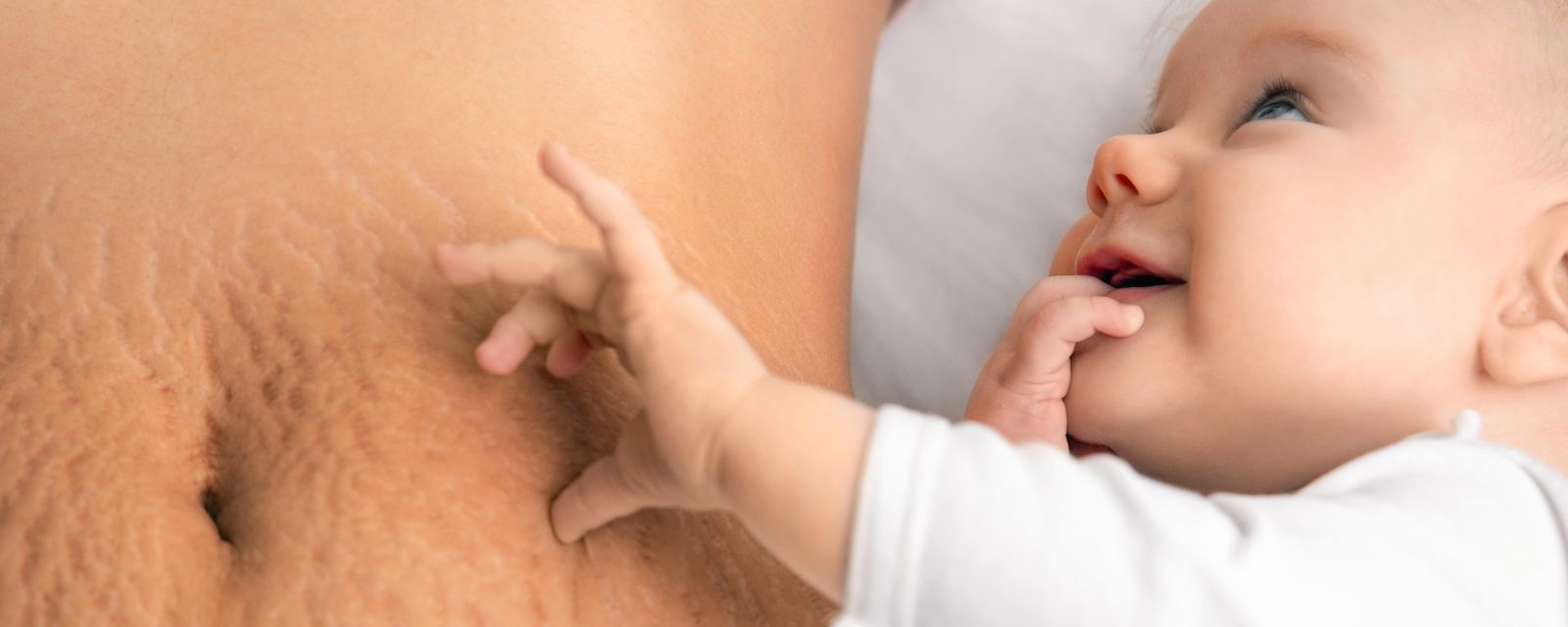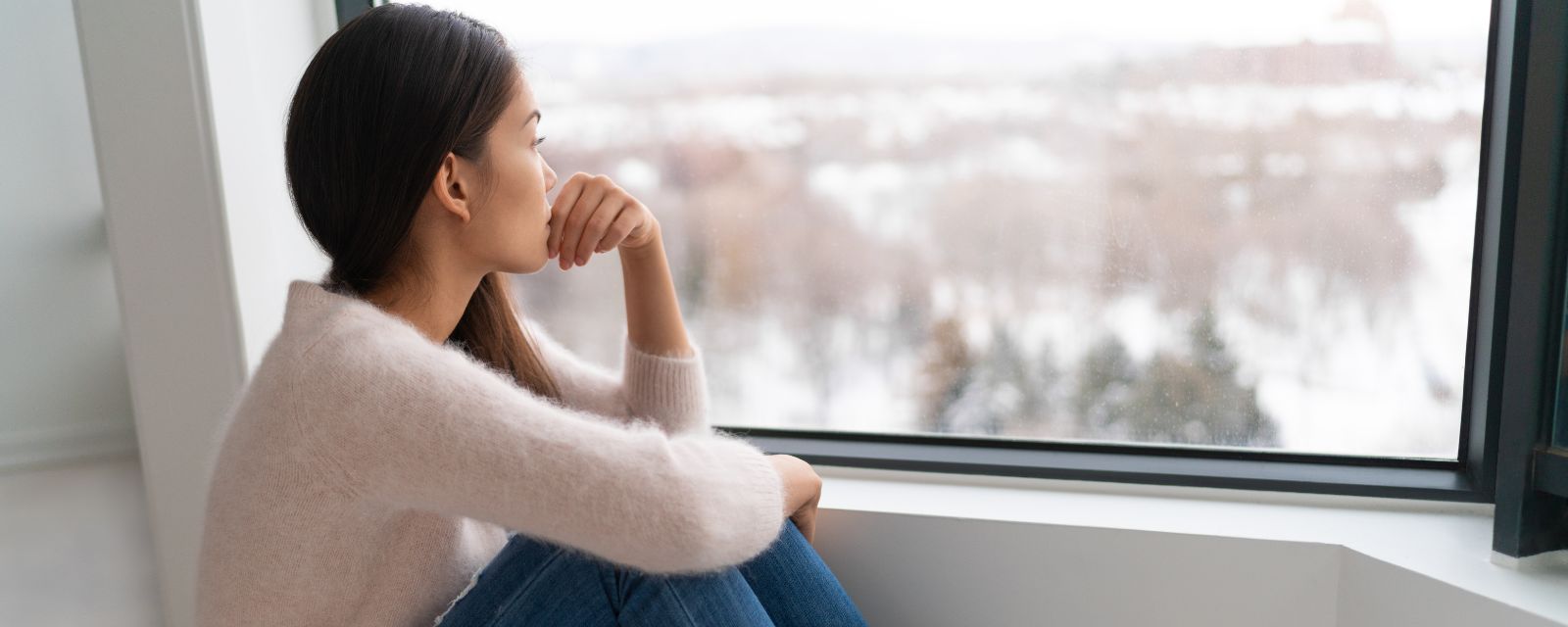Why Celebrate Pride?: Queer History and How It Benefits Our Mental Health
Content Warning: Mentions of homophobia, discrimination, violence, sexual harassment
On June 1st, in many parts of the United States you will start to see rainbows popping out seemingly out of thin air – flags being brought, companies changing their logos, stores selling rainbow necklaces and makeup. The tradition of it, while still relatively new, has become well cemented in many communities – as does the tradition of the questions: “But why do they need a parade?”, “Why do they have to ‘shove it in our faces’?”, “Well, what if we had a straight pride parade?” As both a queer clinician and a queer person existing in this world, these are questions that every time I think people are done asking them, they pop up again – especially in June.
The “why” of Pride can be a complex question for some of us to answer – many LGBTQ+ people will have different reasons why they do (or maybe don’t) celebrate Pride. However, one thing that can be important to highlight when we focus on the therapeutic side of things is the mental health benefits that queer folks can experience from celebrating Pride in any of its forms.
What is “Pride?”
LGBTQ+ Pride Month, usually referred to as “Pride Month'' or just “Pride”, is a nationally recognized holiday celebrating the LGBTQ+ community and its history. Pride takes place every June in order to commemorate the anniversary of the Stonewall Riots.
To fully understand Pride, it’s critical to understand what the Stonewall Riots were. The Stonewall Riots were not the first protest against anti-LGBTQ+ laws and practices, but they were certainly the most famous one, helping to add fuel to the igniting fires of the LGBTQ+ rights movement of the 60s and beyond. During the late 1960s, same-gender relationships and activity were criminalized in 49 states, including New York. The Stonewall Inn was a known gay bar in New York City’s Greenwich Village, and with this, it was frequently subjected to police raids in which patrons would face arrest, physical violence, and sexual harassment because of their identities. On the night of June 28th 1969, patrons decided to stand up to the mistreatment by fighting back against the aggression. The protests continued on for six days, inspiring many to join the fight both in New York and around the country.
A year later, to commemorate the uprising at Stonewall, the first Pride Parade took place in June of 1970 in New York City. Ever since then, New York and cities all over the country and world have continued this tradition of hosting parades as well as other events to celebrate LGBTQ+ liberation and identity.
Mental Health Benefits of Pride
Pride is all about connecting with the LGBTQ+ community past and present. When it comes to mental health, there are a lot of challenges unique to the LGBTQ+ community, such as facing higher rates of depression, anxiety, suicidal ideation, and substance use disorders. However, we also know that some of the biggest factors that increase mental well being in queer youth and adults are being connected to community and cultivating a positive queer identity (Higa et al., 2014; Rogers et al., 2021).
While fostering a healthy relationship with one’s identity and community should not be done solely in the month of June, Pride Month can be helpful in promoting queer identity by establishing times and spaces for community members to come together and reflect on what our identities meant to us. June is especially important to LGBTQ+ folks living in the United States because of the Stonewall Riots – there is pride in being able to remember our ancestors and all the ways that fought to make our community into what it is today.
Pride can sometimes also serve as a space for those who may not be able to connect to their identity in all areas of their lives. Many people may live in “the closet” in one or more areas of their life, and for those folks, events like the Pride Parade can create a safe space for them to explore and express their identity without the fear of judgment or violence.

Not Up for a Parade?
That’s okay, there are a lot of reasons why people might want to duck out on the Pride Parade or other larger events. Some of them range from political critiques of who is and isn’t included at the Pride Parade as well as accessibilities concerns regarding a crowded space with no places to sit. Whatever your reason, there are other ways for you to celebrate Pride throughout the month of June. Here are some suggestions to start:
- Check out other events occurring in Chicago (or wherever you are!) – both in June and throughout the year
- Explore Chicago’s Legacy Walk, an outdoor LGBTQ+ Hall of Fame
- Visit the Gerber/Hart Archive - a free Library dedicated to LGBTQ+ History in the U.S. with a focus on Chicago and the Midwest
- Host a queer-themed movie night - here are some ideas to start with
- Volunteer or donate to an organization that supports the LGBTQ+ community
- Attend a workshop around queer identity or allyship
- Spend time with your chosen family, or anyone else that makes you feel safe and validated in your identity.some text
- With summertime in Chicago, it can be a great time for a picnic in any of Chicago’s beautiful parks!
- Use this month to reflect on what your identity means to you - maybe keep a gratitude journal or practice mindfulness centered around your identity and connecting to our historysome text
- You may even be interested in checking out this guided meditation on the Pride flag!
However you celebrate Pride this year, know that you existing in your identity and working to be even more of yourself every day is a powerful act of pride, regardless of the month.
References & Further Reading
- “The Real Mental Health Benefits of Celebrating Pride” by Heather Grey
- Negative and Positive Factors Associated With the Well-Being of Lesbian, Gay, Bisexual, Transgender, Queer, and Questioning (LGBTQ) Youth
- Examination of minority stress pathways to suicidal ideation among sexual minority adults: The moderating role of LGBT community connectedness.
- History Channel’s Origins of Pride Month
All material provided on this website is for informational purposes only. Direct consultation of a qualified provider should be sought for any specific questions or problems. Use of this website in no way constitutes professional service or advice.

.jpg)


